每日观察:关注基于NFC的Android设备激活量(7.2)
1)据serkantoto报道,GREE曾于上月宣布将把热门社交卡牌游戏《Tanken Doliland》改编为动画系列片,最近该公司举办重大新闻发布会介绍该动画更多详情,表示该动画片第一部分将于7月7日正式播映。
值得注意的是,该动画片将为这款游戏引进三个新角色,第一个角色是Mikoto(如下图所示)。为引起公众注意,GREE还向该游戏智能手机版本发布了3分钟的动画预告片。
2)据Techcrunch报道,有开发者反映苹果App Store搜索结果更侧重用户评级及应用描述这些因素,而非应用名称;但近日有另一开发者Tomasz Kolinko(Appcod.es联合创始人)表示,他发现该应用商店又开始强调应用名称等关键字的搜索权重。
应用搜索及数据公司Xyologic联合创始人Matthäus Krzykowski证实了Kolinko的发现,表示App Store搜索算法已“重归原状”。
3)谷歌Android产品管理总监Hugo Barra在近日的Google I/O大会上透露,采用NFC技术的Android设备目前每周出货量已达100万部;Android设备至今激活量已达4亿部,每日激活量达100万部,这意味着NFC在所有新Android设备中占比近15%。
据9to5Mac报道,有传闻称苹果iPhone 5也将植入NFC芯片和天线,如果这一消息成真,而基于NFC技术的Android设备仍保持目前发展速度,那就意味着购买智能手机的多数用户将可享受到这一技术带来的好处。
4)据gigaom报道,苹果在今年3月份发布新iPad之后就将仅支持Wi-Fi网络的最低端iPad 2(16 GB)降价100美元(游戏邦注:即从原来的499美元降至399美元),虽然苹果并未区分iPad 2与新iPad销量,但据观察者统计在上个季度,399美元iPad 2仅在一个月内销量就达到210万部,约占所有iPad销量的18%左右,但与前个季度相比并无明显增长。
这些销量所创收益仅占所有iPad的10%。从上图的iPad 2与新iPad销量及收益对比情况可以看出,如果iPad 2销量越高,其收益贡献就会越少。苹果最好将iPad 2销量比例控制在18%左右,如果这一数值上升那就意味着iPad 2会加剧侵蚀苹果iPad产品的利润空间。最糟糕的情况是苹果出售的iPad 2可能比前一个季度多三倍,但却没有给总体iPad销量带来净增长。
5)据insidemobileapps报道,Ngmoco和gloops International最近宣布向北美市场推出新款集换卡牌游戏《Legend Cards》,该游戏将同时登陆Android和iOS设备。
6)Gameloft与GREE日前共同推出新款社交卡牌游戏《Gang Dominion》,这款免费游戏在日本仅登陆功能性手机平台,但在全球其他市场则支持运行于iOS和Android设备。
7)据SemiAccurate报道,有消息称微软在“帮助设备制造商研发平板电脑”的过程中“盗取”了后者的产品理念,但微软推出自己的Surface设备时却对它们进行了技术限制,此举引起惠普不快,因此惠普决定放弃对Windows RT的支持。
惠普目前并未确认或否认这一说法,但已表示将仅瞄准基于英特尔的Windows 8平板电脑,其首款Widows 8平板电脑将运行于x86平台,并主要锁定商务用户群体。(本文为游戏邦/gamerboom.com编译,拒绝任何不保留版权的转载,如需转载请联系:游戏邦)
1)GREE’s Doliland Anime Series To Go On Air Next Month [Social Games]
by Dr. Serkan Toto
In Japan Last month, it was announced that Tanken Doliland (Driland outside Japan), GREE‘s super-popular social card battle game, is to be turned into a TV anime series.
Details were scarce at that point, but now GREE organized a big press event in Tokyo to introduce the show to a broader audience.
The dedicated website now says that the first episode of the Doliland anime will be aired on July 7, at 1130pm on TV Tokyo.
What’s interesting is that the anime introduces new characters to the Doliland world: these characters will be made available as cards in the game one by one.
The first such character is Mikoto, pictured below (left: anime version, right: card version):
To drum up interest, GREE released a 3-minute Doliland trailer (“episode 0″), which is only accessible inside the smartphone version of the game: very clever.(source:serkantoto)
2)Looks Like Apple Has Changed Its App Store Algorithm Again
Ingrid Lunden
Last week we were alerted to an interesting tweak that had appeared in the Apple App Store: searches for apps were suddenly ranking results higher by user ratings and app descriptions, rather than the names of the apps themselves. Today, one developer says he’s started to notice another change: Apple is now putting a bigger emphasis on keywords plus names.
Tomasz Kolinko, a developer and one of the founders for App Store analysts Appcod.es, says that he discovered the change because his own app, Love Letter Writing, had “advice” in the keywords and hadn’t been showing up in a search for “writing advice”. Today, they noticed that it has come back.
This has some impact on more popular apps as well, he notes in a blog post: “Instagram Camera” now has Instagram as its top result — although he points out to me that Instagram just pushed through an update, where they most likely tweaked their keywords anyway. Back on his app, “writing advice” now gives you the Love Letter Writer app as the top choice. “So do other searches we’ve tested.”
We reached out to Matthäus Krzykowski, co-founder of app search and data company Xyologic, to get his reaction, and he’s confirmed what Kolinko has found: “The Appcod.es guys are right, things are back to ‘normal,’” he told me in an email.
He believes that we may see more of these small changes as Apple continues to tinker with the concept of search and discovery in a store that is now teetering at more than 850,000 approved apps, with over 600,000 active (Appsfire’s founder Ouriel Ohayon notes it’s actually more like 650,000). “It’s hard to read Apple’s cards, of course. However we are not surprised to see Apple tweaking their algorithms. App Discovery on iOS, while still better than Google’s, continues to decrease,” Krzykowski says. “Less and less new apps and developers benefit from the current approach each month. They clearly know they need to tackle this and we are expecting them to continue to tweak their algorithm and test things out.”
Kolinko also cites the apps from the developer 30 South, who last week blogged about how searches for “debt snowball method” weren’t yielding his “Debt Snowball +” app. This is now also showing up again when that phrase is entered into the search window. (All searches done for this via the U.S. App Store.)
“The change seems not that drastic, just a couple of apps appearing back on the search results. I doubt most iOS users would notice the change,” he notes. “It is important for the developers, though. Last week plenty of iOS devs were pushing the updates to fix their keywords, because many of them stopped appearing on the search result list. Now it seems it that the most important SEO rule is not there.”
While Kolinko agrees with Krzykowski’s assessment that this shows Apple is still ironing out the details of the search — possibly integrating elements from its Chomp acquisition, possibly not — he also points out another issue with these changes. “After months (or years) of the search being very, very stable, Apple now does three changes” — there was another minor change around Wednesday — “within a week. Is it a new modus operandi, or are they just ironing out the details, and will settle with the new algorithm?”
An algorithm in flux is bad news for developers who have up to now relied on SEO to position their apps. “In the past, you had a nice search position, and it was like a good real estate. You just profited from it. If Apple will now change the search more often, developers won’t feel as secure from now on.”
[He does point out that means good news for companies like Appcod.es because developers will need to turn to other methods to track these things.]
Kolinko laid out a useful SlideShare on how the changes are working, with a little update at the beginning for the changes from today, which we’ve embedded here.(source:techcrunch)
3)NFC Cometh? 1M Android NFC Devices Shipping Each Week, And Prototypes Show iPhone 5 Is Next
Rip Empson
Google I/O is in full swing, and stories have been pouring out at a fairly steady pace: Tony Stark Sergey finally demoed Google Glass, Google Drive passed 10 million users and is available on iOS, and we all got a look at Jelly Bean — to name a few.
Yet, overshadowed and buried in lengthy liveblogs is one piece of news that deserves some more attention — and it’s all about NFC. During yesterday’s keynote, Hugo Barra, the director of Android product management, revealed that Google is now shipping 1 million NFC-enabled Android devices every week. That’s pretty significant.
For some context, the company said that 400 million Android devices have now been activated, with activations currently flying in at a rate of 1 million per day. This means that phones with NFC built in represent nearly 15 percent of all new Android devices.
As a result, Android Beam, which was introduced with Ice Cream Sandwich, is getting some cool new features, including the ability to share video by way of NFC as well as the chance to pair phones to other devices just by tapping it. That’s pretty big, as it seems that, in spite of the arguments against NFC, the technology seems to be making it into a not-so-insignificant number of devices people buy every day.
On the flip side, as Jay (and many other experts) remind us that, media chatter notwithstanding, NFC technology likely isn’t on the brink of ubiquity — that in fact it’s still four or five years from reaching critical mass.
This has been the general consensus for awhile now, and probably still holds. Unfortunately, despite great effort to the contrary, I can’t see into the future. However, it’s probably safe to say that Google’s disclosure is a prime indication that things could be changing far more rapidly than many had expected.
After all, Nokia recently launched its first Windows-based NFC phone, along with Orange, and Foursquare added NFC support to its Android app, to name a few recent examples.
But the tipping point for NFC may be on an accelerated timeline if, on top of Google’s NFC Android shipments, the recent rumors swirling around Apple’s plans for the iPhone 5 prove to be true.
9To5Mac reported earlier this week that it had managed to get its hands on some iPhone 5 prototypes, which apparently reveal that the new phone will include an NFC chip and antenna.
Obviously, as 9To5 points out, the implications of this would be pretty huge, setting Apple up to launch its own mobile payment competitor to Google Wallet and Microsoft’s Windows Phone 8 feature and give iOS users an easy way to share files between devices.
If come October, when Apple is expected to reveal the new iPhone 5, it has NFC built-in, and Google continues shipping NFC-enabled Android phones at its current rate, that means that the major phones consumers will be buying will have this technology. As Jim Peters told 9To5, retailers might want to get ready.(source:techcrunch)
4)Is the iPad 2 cannibalizing the new iPad’s profits?
By Rags Srinivasan
In about four weeks, Apple will announce its fiscal 2012 Q3 earnings. Its accountants are busy tallying the numbers, including the number of iPads sold and revenue from the iPad product line. These two numbers hold the key for the longevity of the iPad 2.
Are the days numbered for the $399 iPad 2?
When Apple announced the new iPads in March, it dropped the cost of the lowest-priced iPad 2 (the 16GB Wifi only version) by $100 and continued to sell it side by side with the third-generation iPad. This is not in the usual mold of clearing out previous generation products at a reduced price.
Analysts speculated that Apple kept the iPad 2 around to counter the threat from cheaper tablets, specifically Kindle Fire. Despite being a year old, the iPad 2 is packed with power and features that other tablets do not come close to matching. Offering it at $399 helped bring in new customers who didn’t consider buying it at $499 and snag some who would have bought a Kindle Fire.
It is a win-win for Apple — almost. The $399 price point is also attractive to those who otherwise would have bought the new iPad at higher price points. This is what economists call second degree price discrimination. When offered multiple options at different prices, customers pick the one that gives them the most value (consumer surplus). In the absence of the $399 iPad 2, customers would have picked the pricier new iPad. But when offered side by side, some see higher consumer surplus from the iPad 2 than the new iPad. That is exactly why Apple kept just the 16GB Wifi model of the iPad 2 and not the entire product line.
For every customer who chooses to buy the iPad 2 instead of the new iPad, Apple loses $100-plus in pure profit (the cost difference between the models are marginal). If that total loss turns out to be more than the profit from selling the iPad 2 to new customers, Apple will quickly pull the plug on the iPad 2.
We will not get a breakdown from Apple on the number of iPad 2s and new iPads sold. But we can figure out these numbers by doing simple math on Apple’s earnings statement. Last quarter, when it had the $399 iPad 2 for only a month, Apple sold about 2.1 million $399 iPad 2 units. That was 18 percent of the total number of iPads sold, which did not increase much from the previous quarter.
This translates to just 10 percent of total iPad revenue. The higher the number of iPad 2 units sold, the lower its contribution to revenue.
This is the first full quarter when iPad 2 and the new iPad are sold side by side. Apple would prefer to keep the iPad 2 proportion at 18 percent or lower. If that number goes up, it signals significant erosion of Apple’s iPad profits by its own product. The worst case scenario is that Apple sells three times as many iPad 2s as the previous quarter without a net increase in total number of iPads sold.
When the earnings report comes in next month, pay close attention to the iPad numbers. If you have been waiting to buy one, you might want to grab one now before they’re gone.(source:gigaom)
5)Legend Cards hits North American mobile devices [Launch] — Ngmoco and gloops International are bringing the new trading card game Legend Cards to both Android and iOS devices in North America.(source:insidemobileapps)
6)Gameloft and GREE release Gang Domination [Launch] — Gameloft and Gree released their new social card game Gang Dominion. The game is available around the world for free on both iOS and Android devices, as well as feature phones in Japan.(source:insidemobileapps)
7)HP shuns Windows RT tablets as Surface raises the bar
by Keith Andrew
HP has responded to claims the unveiling of Microsoft’s Surface has caused unrest at the company by confirming it has no plans to launch a Windows RT tablet.
Suggestions hit the web claiming HP was ‘offended’ by Surface, with particular anger caused by Microsoft decision to deliver it in both Windows RT and Windows 8 flavours.
Semi-accurate stories
An uncorroborated report by SemiAccurate has also claimed Microsoft ‘poached’ ideas from manufacturer’s Windows tablets while ‘helping them with their designs’ to equip within Surface.
In contrast, the OEMs themselves have been bound by technical restrictions Microsoft flouted with its own device.
The punishment, it was claimed, was a move by HP to drop support for Windows RT, with a view to encouraging other manufacturers into making the same decision in the months ahead.
Intel inside
HP has not confirmed or denied said rumours, though the company has issued a statement confirming it is to focus solely on Intel-equipped Windows 8 tablets for the time being.
“I can confirm that at HP, we continue to look at using ARM processors in business and consumer products,” a representative stated.
“However, our first Windows 8 tablet will be on the x86 platform focused on the business market.
“The decision to go with x86 was influenced by input from our customers. The robust and established ecosystem of x86 applications provides the best customer experience at this time and in the immediate future.”(source:pocketgamer)


























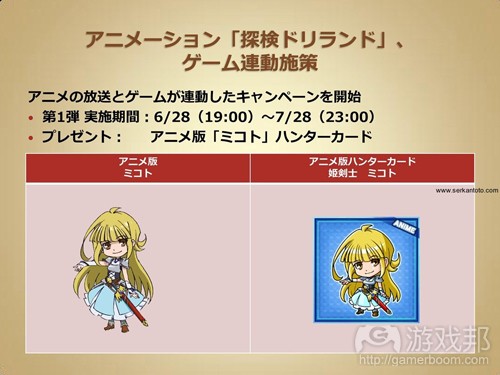
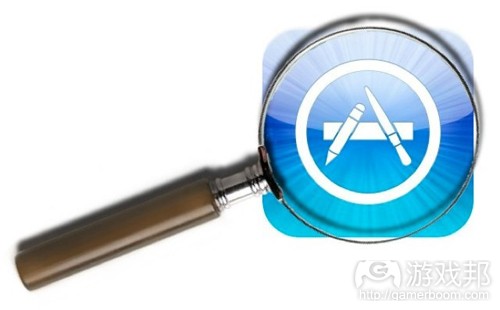
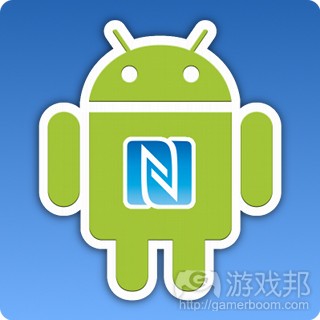
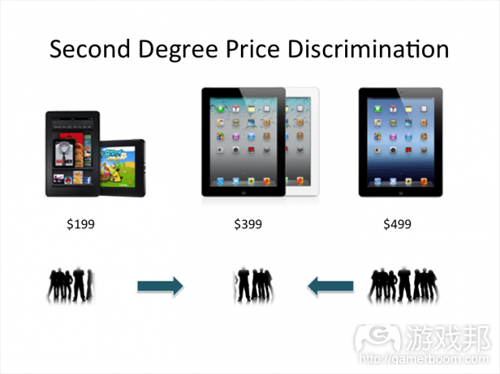

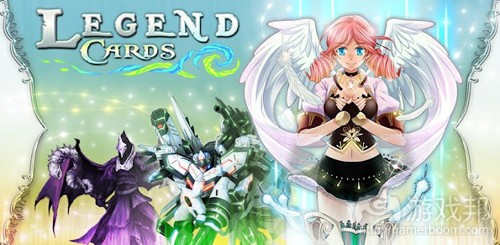
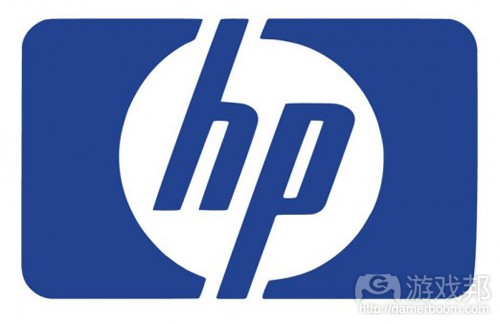














 闽公网安备35020302001549号
闽公网安备35020302001549号